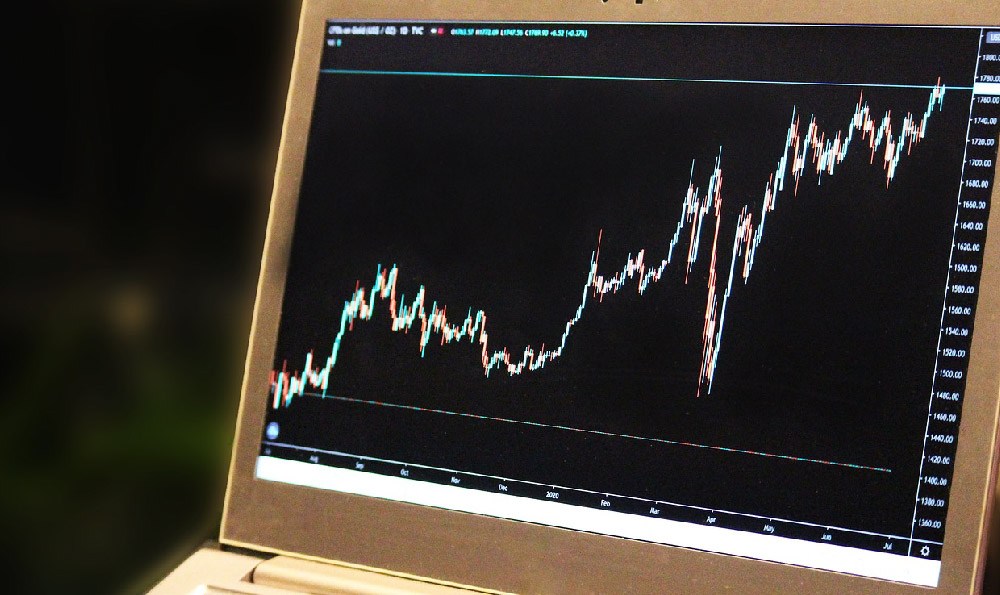Options trading strategies offer a nuanced approach to capitalizing on market movements, blending risk management with potential for profit. At their core, options are financial derivatives that grant the buyer the right, but not the obligation, to purchase or sell an underlying asset at a predetermined price within a specific time frame. This dual nature of flexibility and constraint makes options a versatile tool, allowing investors to tailor their exposure to volatility while maintaining control over capital allocation. To harness this potential effectively, one must delve beyond surface-level understanding and embrace a strategic mindset that considers market context, risk tolerance, and long-term financial goals.
Mastering options trading requires a deep appreciation of market dynamics. Market participants often overlook that options are not mere speculative instruments but tools that can be strategically aligned with macroeconomic trends, sector rotations, or even geopolitical events. For instance, during periods of anticipated economic expansion, a bullish strategy such as buying call options on equities or indices can amplify gains from upward price movements. Conversely, in volatile markets driven by uncertainty, strategies like straddles or strangles may serve as hedges against directional ambiguity. The key lies in identifying the optimal balance between risk and reward, dictated by the investor's assessment of market conditions and personal financial objectives.
The intricacies of options strategies demand careful analysis of underlying assets. A fundamental principle is recognizing that the effectiveness of a strategy hinges on the relationship between the strike price, the premium paid, and the market price of the underlying security. For example, when a trader purchases a call option, they are effectively betting that the asset's price will rise above the strike price by expiration, with the premium acting as the cost of this capital exposure. Similarly, selling put options can generate income by obligating the seller to purchase the asset if it declines below the strike price, thereby profiting from the premium while potentially acquiring undervalued assets at a favorable price. This interplay of strike prices and premiums necessitates a thorough understanding of pricing models, including the Black-Scholes formula, which quantifies the theoretical value of options based on factors such as volatility, time to expiration, and risk-free interest rates.

Strategic diversification across asset classes and time horizons can further enhance the probability of success. Investors often fail to recognize that options can be applied to a wide array of assets, from equities and indices to commodities, currencies, and even interest rates. This versatility enables the construction of multifaceted strategies, such as pairing a long call on a stock with a short put on a related index to create a synthetic long position. Such combinations can mitigate directional risk while maintaining exposure to potential upside. Moreover, leveraging different expiration dates within a single strategy—like using a calendar spread—allows for capitalizing on time decay while managing risk through the differential in premium capture.
Risk management remains the cornerstone of sustainable options trading. Many traders underestimate the importance of setting clear risk parameters, often leading to emotional decision-making during market fluctuations. The concept of delta, which measures the sensitivity of an option's price to changes in the underlying asset, becomes critical in this regard. A trader with a delta-neutral position can hedge against price volatility by maintaining a balance between long and short positions. Additionally, the Greeks—theta, vega, and gamma—provide essential insights into the trade-offs between time decay, volatility exposure, and price sensitivity. For example, a strategy with high vega may benefit from rising market volatility but suffer from falling volatility, highlighting the need for continuous monitoring and adjustment.
The psychological dimension of options trading is equally crucial. Market participants frequently overlook the role of discipline in executing strategies effectively. The allure of quick profits can lead to impulsive decisions, such as overtrading or failing to adhere to stop-loss protocols. Conversely, patience becomes a virtue when waiting for market conditions to align with a strategic outlook. For instance, a trader using a covered call strategy must remain disciplined in selecting dividend-paying stocks that offer a balance between premium income and capital appreciation. Similarly, a trader employing a bull call spread must maintain patience to wait for the stock price to move beyond the upper strike price, ensuring the strategy generates a profit.
Long-term financial goals should dictate the selection and execution of options strategies. While short-term speculation can yield quick returns, sustainable wealth creation often requires a strategic approach that aligns with broader investment horizons. For example, a trader aiming to generate consistent income through options might focus on strategies like selling covered calls or employing dividend-paying securities to build a passive income stream. Conversely, a trader with a higher risk tolerance and a long-term growth objective might explore more aggressive strategies such as long straddles or butterfly spreads, which capitalize on significant market movements while managing risk through structured premium capture.
The practical application of options strategies necessitates a deep understanding of market conditions. Traders frequently fail to recognize that market volatility, liquidity, and underlying asset fundamentals all play critical roles in determining the success of a strategy. For example, a straddle strategy, which profits from substantial price swings, may perform poorly in a low-volatility environment where the underlying asset ranges narrowly. Conversely, a diagonal spread might benefit from a gradual increase in volatility over time, highlighting the need for strategic timing. Furthermore, the impact of liquidity on market movements cannot be overstated, as low-liquidity options may exhibit wider bid-ask spreads and greater slippage, affecting the efficacy of a trading plan.
Ultimately, options trading strategies are not one-size-fits-all solutions but carefully constructed frameworks tailored to specific market conditions and investor objectives. Success in this arena requires a commitment to continuous learning, disciplined execution, and strategic adaptation. By integrating these elements, traders can navigate the complexities of the market with confidence, transforming uncertainty into opportunity. Whether seeking to hedge against market downturns, generate income through premiums, or capitalize on specific price movements, the art of options trading lies in the ability to balance risk and reward with precision and foresight.












